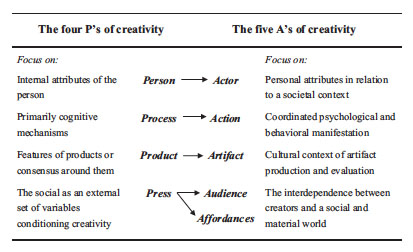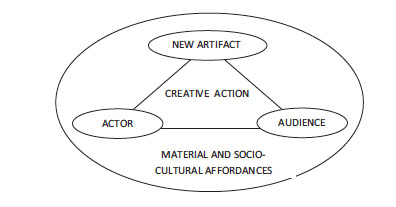As I move from one workplace to another, I am now even more solidly in the realm of education and schools. We tend to frame educational outcomes as those that most serve the needs of individuals students. And if you are concerned about equity, you want to make sure that ALL students have the skills and capacities to have successful lives. But reflecting on the workplace I just left, I am pondering what does it mean to educate for not just the individual good, but the public good? What does it mean to create “citizens,” those who act civically, and are not just successful agents for themselves?
Clearly the students in Parkland learned citizen lessons. Many of them say they learned these lessons in school. The civil rights leaders of the 50s and 60s learned these lessons in churches and communities. The Dreamers’ citizen lessons have emerged through lived experience and solidarity with each other. What does it mean to create educational spaces that educate for civic and collective outcomes? One guide I am revisiting was a set of 10 civic capabilities that I worked on with my former colleagues at CIRCLE. The genesis came from Amartya Sen and later Martha Nussbaum. I still think striving to build and create space for these capabilities in young people, us all really, is essential. All youth should have these essential civic capabilities:
- Voice: Being able to form, express, and reflect on diverse views on social issues.
- Hope and aspiration: Being able to conceive of a better society.
- Practical reason: “Being able to form a conception of the good and to engage in critical reflection about the planning of one’s life. (This entails protection for the liberty of conscience and religious observance.)” (From Nussbaum 2011, p. 34.)
- Civic relationships: Being able to form relationships marked by a degree of respect, loyalty, and trust.
- Affiliation: Being able to join or organize new groups around collective interests, including both groups that reflect particular interests and perspectives as well as groups that bring together a diversity of people.
- Collective decision-making: Being able to participate effectively and responsibly in inclusive group processes that lead to decisions.
- Work: Being able to create, form, and construct concrete objects of public value (physical objects or ideas, policies, etc.).
- Action: Being able to act individually and collectively in the public sphere.
- Value: Being able to see added value in the world around you from your own work, voice, or membership.
- Locus of control: Being able to have fundamental choice, agency, freedom, and mobility regarding decisions that govern one’s life, and being able to access education and work on an equal basis with others in order to exercise practical reason and enter into



 I just finished reading a really wonderful essay by Curtis White in the April issue of Harper’s Magazine. The essay looks at US traditions of religion and reason and places them both in contrast to Thoreau’s thoughts on humanness and spirituality. A culture of death created by money and a corporate society are countered by individual resistance and instence on a stance in opposition to society. I certainly am not doing it justice, but is definitely worth a read.
I just finished reading a really wonderful essay by Curtis White in the April issue of Harper’s Magazine. The essay looks at US traditions of religion and reason and places them both in contrast to Thoreau’s thoughts on humanness and spirituality. A culture of death created by money and a corporate society are countered by individual resistance and instence on a stance in opposition to society. I certainly am not doing it justice, but is definitely worth a read.